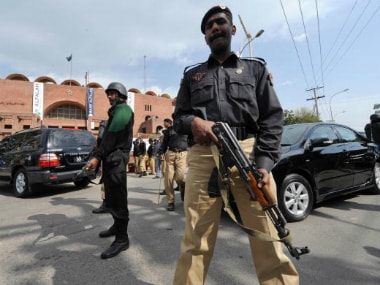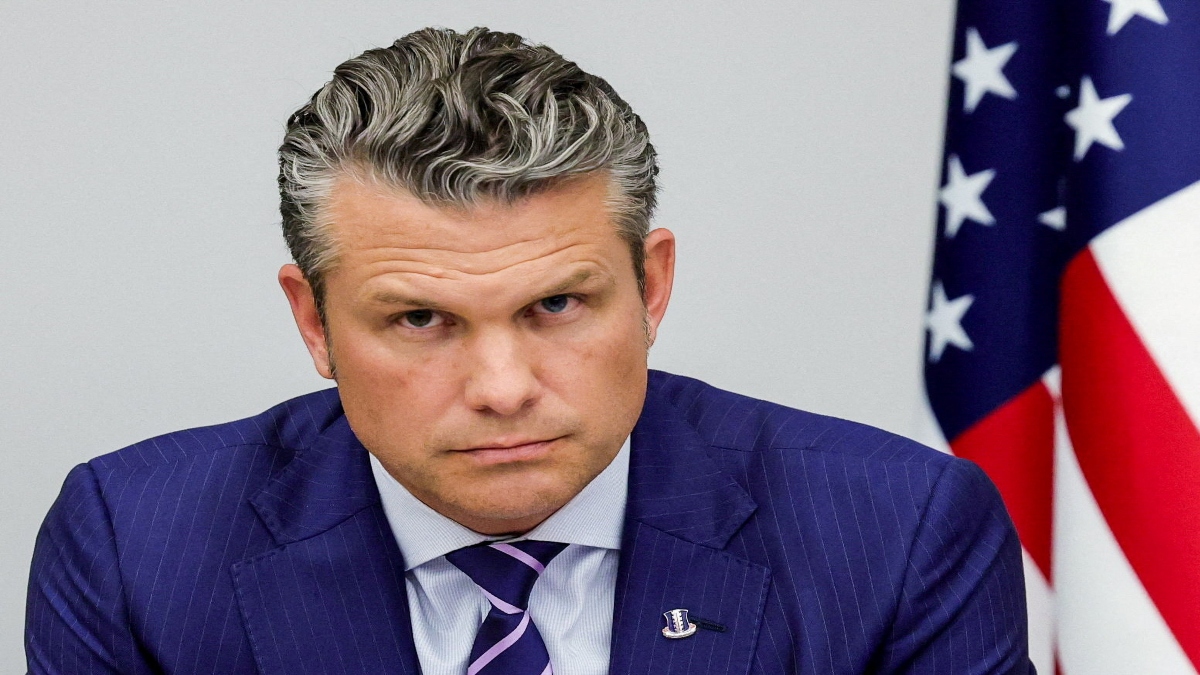It’s time for the Pakistan security forces to take a well-deserved bow in Balochistan. According to media reports, a dreaded terrorist of the Islamic State’s Balochistan chapter has been killed. Mufti Hidayatullah was reported killed in Kalat, once the capital of an independent state that was swallowed whole by Pakistan after Partition. [caption id=“attachment_4794041” align=“alignleft” width=“380”]
 Representational image. AFP[/caption] If this report is true, then it is a just ending for a leader of a group that claimed a
heinous attack on an election rally that killed more than 140. The trouble is no one can really say if the man killed was actually a terrorist, or another of the Baloch insurgents who have been fighting Pakistan security forces for the past four decades. After all, police earlier identified the attack as being carried out by a member of the
banned Lashkar-e-Jhangvi and that he was sheltered by some locals. The now re-run story of the bomber being apparently dropped to the attack site by the head of the Islamic State chapter sounds perfidious to say the least. As Pakistan goes to elections, resentment in Balochistan is high. Some of that resentment led to demands for outright independence from the Pakistani State, which is the basis for continued insurgent attacks. Others want more autonomy. And a majority of those now fighting for a share of the vote, want a better say in governance of their own affairs. However, none of this is likely to come to pass. The seriousness of the security situation in Balochistan was apparent when the government announced that all internet services had been suspended in
six districts of the province and would remain so until the elections on 25 July. Unsurprisingly, all of the districts are areas of strong insurgent activity. Also three of those districts—Kalat, Keech and Awaran—haven’t had internet since February 2017. It can be argued that this denial is only the latest in a history of poor governance and high-handedness that the province has had to face. An example of this was when Chief Minister Sanaullah Zehri was toppled by his own party just months before completing his term. That the scion of a powerful political family was then replaced by a virtual unknown, Abdul Qudoos Bizenjo, and that the whole exercise was initiated after the sacking of home minister Mir Sarfaraz Ahmed Bugti, is an example of the strange happenings in Balochistan of late. Unsurprisingly, he is now part of a new political party (Balochistan Awami Party) made up of the very dissidents who engineered the coup, and who blame ‘neighbours’ for violence in the province. This kind of open political back stabbing is unusual, even for Balochistan. It is not surprising therefore, that polls show low political activity. In addition, news on the little election activity in Balochistan is extremely difficult to get. Barring a few stalwarts, Pakistan media virtually ignores the province, forcing Baloch politicians to take to social media and the radio to spread their message. Unsurprisingly, a major issue at the centre of campaigning is the issue of the China-Pakistan Economic Corridor (CPEC). All the parties fielding candidates promise greater participation for the Baloch in the project, an issue that has been a major sore point in the province. How this is to be done is tricky, and probably difficult given the low educational levels prevalent in Balochistan. A second promise is therefore, to increase the number of educational institutions, which is also difficult, given problems in staffing at higher levels. But then political parties are in the business of handing out promises. A third issue is that of safety and an end to violence. This is not the usual “terrorism talk” that is apparent in mainland Pakistan, where politicians are quoting various statistics to show decreased terrorism, and crediting the army thereafter. The reference here is about ensuring that Baloch citizens don’t get picked up and tortured by the Pakistani security forces to become part of a statistic under the head of “Enforced Disappearances”: A nomenclature that has become emblematic of the colonial relationship between Pakistan (which generally means Punjab) and Balochistan. No one really known how many hundreds have been picked up and tortured. The only ones
who write about this are safely abroad. Despite all these negatives, there are several parties in the fray, apart from the major players. With severe infighting in its ranks, the Pakistan Muslim League-Nawaz had trouble fielding candidates. It finally announced its candidates only on 28 June.
Polls indicate the sudden downfall of its government has cost the PML-N dearly. It is no longer one of the top three in terms of preferred parties. Instead, the Pakistan Peoples Party has emerged as the preferred choice with 36 percent of respondents, which is a huge climb from the 5 percent polled last year. The popularity of the Pakistan Tehreek-e-Insaf (PTI) seems to have dropped, probably because the party has not been giving the province as much attention as it has to Punjab and Sindh. Its party functionaries are clearly not happy. The Pakistan Muslim League (Q)—the quisling group formed under the reign of General Pervez Musharraf—and the party to which the new Chief Minister Quddus belonged, has also fielded an impressive number of candidates— 65 provincial seats and 14 national—despite a barely to be seen representation in the earlier provincial Parliament.
Forget fairness of elections in Balochistan. It’s not going to happen, and the province is simply far too important for the Pakistan Army is more ways than one
Advertisement
End of Article


)

)
)
)
)
)
)
)
)



